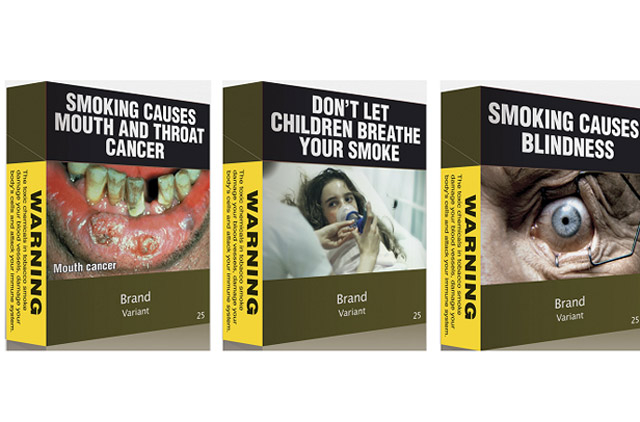
Dubai: The lobbying against smoking has received a massive global push. Earlier this month, the UAE’s anti-tobacco federal law stipulated the use of graphic warning images on tobacco products, and last week Australia’s highest court ruling prohibited tobacco companies from displaying logos on cigarette packs.
While the Australian government has urged other countries to adopt similar rules, Dr Wedad Al Maidour, Head of National Tobacco Control Programme and director of Primary Healthcare Centres, Ministry of Health, Dubai, said it would take a few years before the UAE too heads in the same direction of plain packaging laws for cigarettes as a measure to help fight smoking.
Cessation
Speaking to Gulf News, she said, “For the UAE, the introduction of graphic images is the first step towards government-level smoking cessation efforts. It took four years of effort to make the graphic warning images on tobacco products mandatory. The second step towards tobacco control would be to enforce another anti-tobacco law to ban product logos on tobacco packaging.”
Gulf News recently reported that tobacco products with the new graphic packaging would be on the market from August 10, as intimated by the Emirates Standardisation and Metrology Authority (Esma), the sole standardisation body in the UAE, responsible for the market monitoring of the new packaging.
Five graphic images — three for cigarette and two for shisha products, will be used, according to Esma.
“However, Esma’s unexpected decision to allow retailers to finish their existing stocks until December has delayed the availability of the new stocks,” said Dr Wedad.
Asked about the timeframe to pass a new law against the use of logos on tobacco packaging, she said, “If enforcement of current graphic packaging is effective, stakeholders and community members will support the next step. Hopefully it should take less time than the anti-tobacco federal law of graphic warning images.”
According to the World Health Organisation (WHO), graphic pack warnings reduce the number of children who begin smoking and increase the number of smokers who quit. Graphic warnings can persuade smokers to protect the health of non-smokers by smoking less inside the home and avoiding smoking near children.
Studies carried out after the implementation of pictorial package warnings in Brazil, Canada, Singapore and Thailand consistently show that pictorial warnings significantly increase people’s awareness of the harms of tobacco.
Statistics
Figures reported by the WHO last May state that 42 countries, representing 42 per cent of the world’s population, mandate pictorial warnings.
The health warning visuals definitely have more impact than text, said Dr Hanan Obaid, Tobacco-Free Dubai Project leader and acting director of Health Affairs Department, Primary Healthcare Services Sector at the Dubai Health Authority (DHA).
She told Gulf News, “The current text-only health warning is barely visible, hence not impactful. The new large graphic images depict the side-effects and dangers of smoking, making smokers aware of the risks of the habit.”
Further, images stay longer in memory and will influence a person starting from the retail point, she said.
“From the moment the person buys a packet, the graphic image will be a visible reminder,” she added.
The graphic warning images will also help rectify the glamorous image associated with smoking, said Dr. Rajesh Raipancholia, consultant cardiologist, HeartFirst Medical Centre, Dubai Healthcare City.
He told Gulf News that the grim images will make the tobacco packaging unappealing, especially for young, new smokers.
“The new packaging will remove the glamour quotient the moment a packet is bought, hopefully deterring young smokers from lighting a cigarette. The same holds true for shisha packaging. A typical one-hour long shisha smoking session involves inhaling 100-200 times the volume of smoke inhaled from a single cigarette. The graphic warnings on shisha products too will be helpful.”












